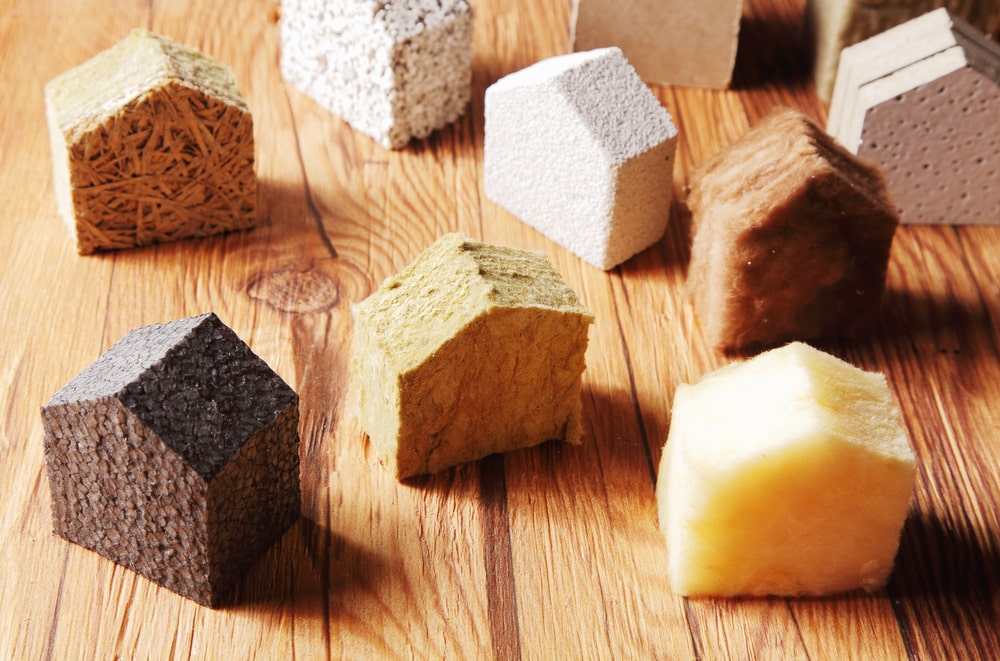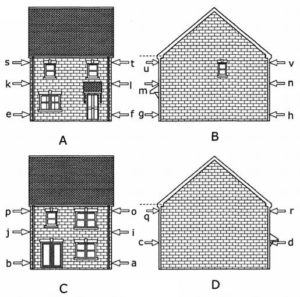News - Construction News
A new way to improve insulation of an existing building

Patent Publication No.: GB2541411B
The thermal insulation properties and associated energy consumption of a building, such as a house, is an important consideration for its occupants. Typically, in the UK, most modern homes are constructed to high standards in terms of their energy efficiency, while older properties are more likely to lack adequate insulation. With this in mind, could there be scope to reduce energy consumption and lower fuel bills?
Incorporating sufficient insulation into a house will help to maintain a desired temperature all year round, protecting it against colder temperatures during winter months and from overheating during the summer months.
Insulation products can be used in the construction of roofs, floors, windows, doors and walls, to optimise the thermal efficiency of the building, with external walls accounting for the largest amount of heat loss.
Polypearl Limited, based in Scunthorpe, has recently been granted a UK patent for a novel method of insulating the cavity walls of a building, either during the construction of a house or as a retrofit option. The patent (publication number GB2541411B) was granted on 31 July 2019 and can be found at the link here.
The method involves injecting insulation material into the cavity behind each wall from opposite ends of the cavity, rather than through the sides of the cavity. This is done at different height levels around the building in a specific order.
Figure 1 illustrates the order in which insulation material is applied to walls A, B, C and D of a building, according to an embodiment of the invention. Insulation material is first injected through low-level openings (a-b) at opposite ends of the cavity of wall C, then through mid-level openings (c-d) at opposite ends of the cavity of wall D, and so on. The method reduces the number of openings required to fill the wall cavities with insulation material. This helps to minimise the labour required to form the openings whilst having a lower visual impact on the wall.

Figure 1
Additionally, forming the opposing openings allows for the insulation material to be injected at high pressure in a direction parallel to the brickwork, which helps to provide a more uniform distribution of insulation throughout the cavity. This is particularly useful when the cavity is interrupted (eg by a window aperture).
GB2541411B demonstrates that relatively small improvements to known building methods can be patentable, provided it can be shown that there is some sort of advantage or efficiency saving. Polypearl has created an innovative way of improving the application of cavity wall insulation in an existing building, reducing the labour time required and minimising any visual effect on the building. The functionality and benefits of this technology mean it could be adopted widely in the future.
From an intellectual property viewpoint, with patent protection in place, Polypearl has secured a 20-year period of exclusivity during which it can leverage as much commercial value from its invention as possible.
David McWilliams is a partner and patent attorney at intellectual property firm, Withers & Rogers. He specialises in advising businesses on how to protect their ideas in the housing and construction sector.
If you would like to read more articles like this then please click here.
Related Articles
More News
- New National Housing Bank
4 Jul 25
Hundreds of thousands of extra homes will be delivered thanks to a bold new government-backed
- Homes England acquires Ripon Barracks from MOD
3 Jul 25
Homes England has acquired land at Ripon Barracks which will be developed into 1,300 new
- University joins forces to address critical construction and housebuilding skills gap
2 Jul 25
The University of Salford is collaborating with Cube Thinking to support Barratt Homes in bridging the shift in skills requirements.






